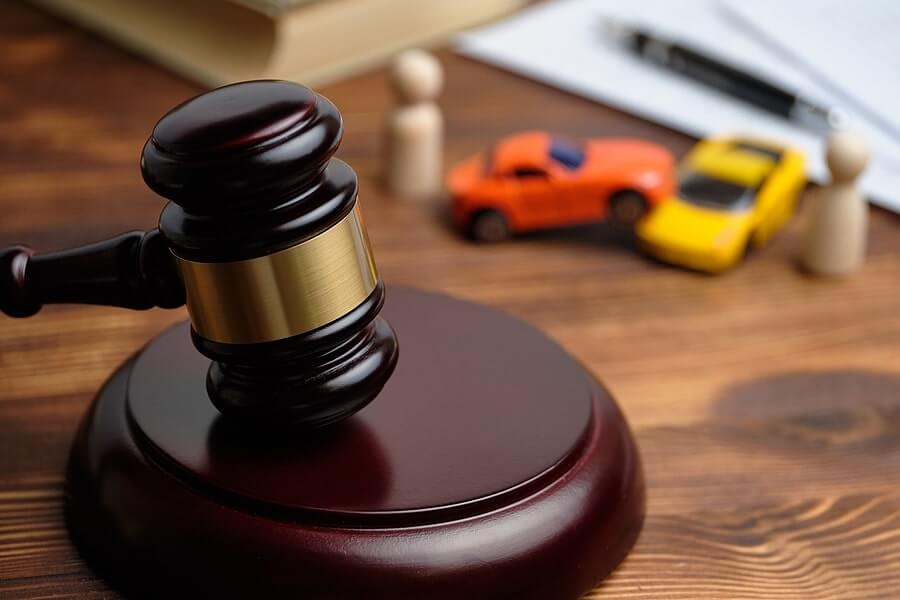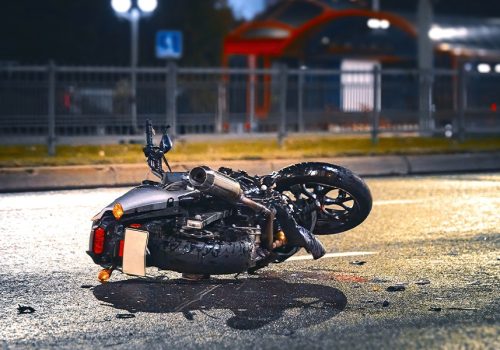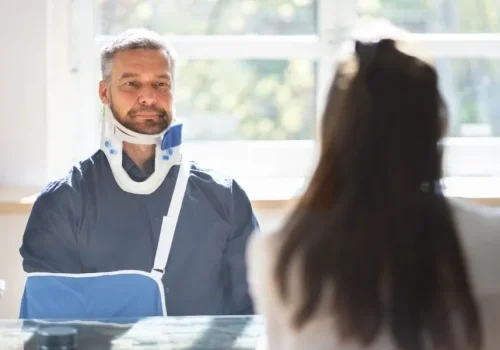How Lawyers Prove Negligence in Pennsylvania Construction Cases
Picture a bustling Philadelphia skyline, cranes slicing through the morning fog as workers swarm a half-built high-rise. It’s the heartbeat of progress, but one misplaced beam or overlooked safety check can turn ambition into tragedy. Construction sites in Pennsylvania are powder kegs of potential hazards—falling debris, faulty scaffolding, electrocution risks—and when accidents happen, the question isn’t just “what went wrong,” but “who dropped the ball?” Negligence in these cases isn’t abstract; it’s the gap between standard care and catastrophic failure, often leaving workers injured or worse.
Proving negligence here demands more than gut feelings—it’s a meticulous detective story, blending hard evidence with legal savvy. Pennsylvania’s courts hold a high bar, requiring plaintiffs to show duty, breach, causation, and damages. Pennsylvania workers compensation lawyer rise to that challenge, turning chaos into clarity for clients sidelined by someone else’s oversight. In this deep dive, we’ll explore the strategies they use, from site inspections to courtroom showdowns, to build cases that stick.
Establishing the Duty of Care: The Foundation of Every Claim
At the core of any negligence suit is duty—the unspoken contract that says, “We owe you reasonable safety.” In Pennsylvania construction, this flows from OSHA regs, state building codes, and industry standards like those from the Associated General Contractors. General contractors owe it to subcontractors’ crews; site owners to everyone onsite. Even equipment suppliers have a stake if their gear falters.
Lawyers kick off by mapping this web. They pore over contracts, permits, and safety plans to pinpoint who held what responsibility. Was the foreman trained? Did the blueprint call for guardrails on that third-floor edge? Interviews with survivors and coworkers flesh this out, capturing the daily rhythm: “Yeah, we asked for harnesses three times, but management said it slowed us down.” These details establish the benchmark—what a prudent outfit would’ve done.
Pennsylvania’s comparative negligence rule adds nuance: If you’re 30% at fault (say, ignoring a posted warning), your award shrinks accordingly. Savvy attorneys quantify this early, coaching clients on contributory angles while hammering the defendant’s lapses. It’s about framing the narrative: Not “he should’ve been more careful,” but “they failed us all.”
Uncovering the Breach: Spotting Where Safety Slipped
Duty without breach is just talk. Proving the slip-up means dissecting the incident like a crime scene. Lawyers hit the ground running—within days, if possible—snapping photos of scattered tools, bloodied scaffolds, or unsecured trenches before cleanup erases the evidence.
Expert witnesses are game-changers here. Structural engineers testify that a collapse stemmed from subpar welding, not “freak weather.” Safety consultants dissect logs: Missing daily inspections? Untrained operators on heavy machinery? In one Pittsburgh case, a trench cave-in revealed ignored soil tests; the engineer’s report linked it directly to unstable shoring, breaching basic excavation rules.
Digital trails amplify this: Emails begging for better lighting, ignored complaints in HR files, or dashcam footage of overloaded forklifts. Pennsylvania’s discovery rules let attorneys subpoena these gems, peeling back corporate veils. And don’t forget the human element—depositions where supervisors squirm under questions like, “Why was overtime mandatory without extra spotters?” Patterns emerge: Chronic understaffing, skimped training, corner-cutting for deadlines.
Breach isn’t always blatant; subtle ones count too. A delayed response to a known hazard, like ignoring frayed wiring reports, can seal the deal. Lawyers weave these into a tapestry of recklessness, showing not isolated error, but systemic neglect.
Linking Breach to Harm: The Crucial Causation Chain
Here’s where cases crumble without sharp legal work: connecting the dots from breach to your broken back or lost livelihood. Causation demands “but for” proof—the injury wouldn’t have happened absent the negligence—plus proximate cause, ensuring the harm was foreseeable.
Attorneys reconstruct timelines with forensic precision. Accident reports, 911 logs, and medical timelines align the breach’s moment with the mishap’s impact. In a Harrisburg bridge project gone wrong, lawyers used video from a worker’s phone to sync a scaffold failure (breach: uninspected bolts) with the fall, countering defense claims of “worker error.”
Medical experts bridge physical gaps, opining on how a head strike led to chronic migraines. Economists tally ripple effects: A roofer sidelined by a fall loses not just wages but career trajectory, racking up rehab and retraining costs. Pennsylvania caps non-economic damages in some med-mal overlaps, but construction’s worker’s comp interplay demands navigating liens—attorneys claw back full value.
Defenses like “act of God” or “assumption of risk” get dismantled. Lawyers preempt with affidavits proving foreseeability: “Falls are the top site killer; guardrails are standard.” It’s chess, not checkers—anticipating moves to keep causation ironclad.
Quantifying Damages: From Bills to Broken Dreams
Negligence proven, the focus shifts to remedy. Pennsylvania law covers economic hits (medical, lost earnings) and non-economics (pain, lost consortium). Lawyers maximize by projecting lifetimes: A 35-year-old ironworker’s paralysis? Millions in future care, discounted to present value via actuarial tables.
They chase punitives too, if gross negligence screams—like falsifying safety logs. Evidence? Whistleblower tips or audit discrepancies. Settlements dominate—90% of cases—but prep for trial hones demands, often netting 2-3x initial offers.
Worker’s comp complicates: It provides quick aid but caps benefits; third-party suits against negligent parties (e.g., a faulty crane maker) unlock more. Attorneys coordinate, subrogating comp carriers to preserve your share.
The Broader Impact: Driving Safer Sites Statewide
Winning a case does more than pay bills—it spotlights flaws. Pennsylvania’s construction boom—think I-95 expansions or Allegheny River developments—amplifies stakes. Successful suits spur audits, code tweaks, and union pushes for better protocols. gettysburg personal injury lawyer amplify voices, filing amicus briefs or testifying on Hill hearings.
For clients, closure comes layered: Financial footing lets you heal, while accountability honors the ordeal. Many pivot to advocacy, volunteering with site safety nonprofits.
Your Roadmap to Resolution: When to Call In the Pros
Proving negligence in Pennsylvania construction cases is no solo hike—it’s a team trek with experts blazing the trail. From duty’s blueprint to damages’ dollars, each step builds toward justice. If a site’s shadow darkens your days, consult early: Statutes run two years, but momentum matters.
Knowledge empowers; action transforms. In Pennsylvania’s building frenzy, safety shouldn’t be optional—and with tenacious legal allies, it doesn’t have to be. Step forward; the structure you rebuild might just stand taller.





